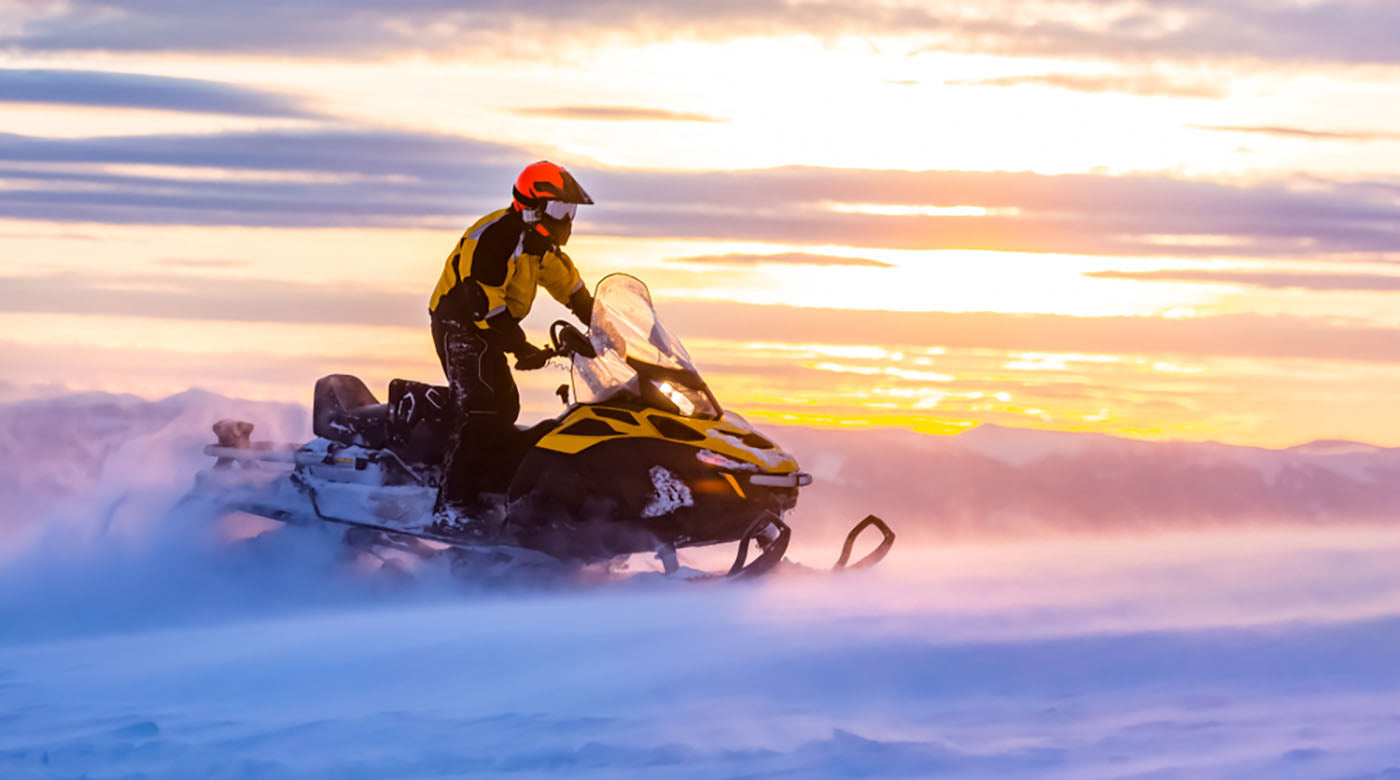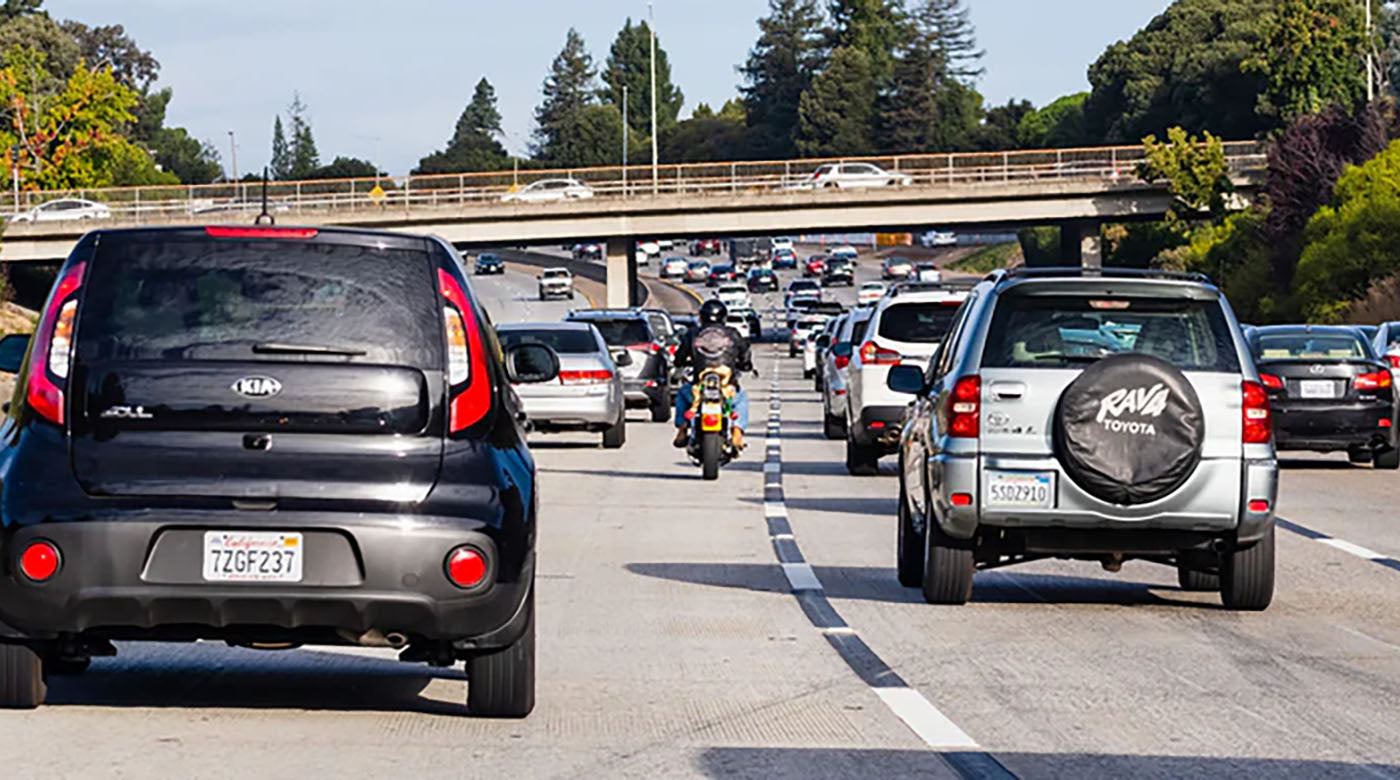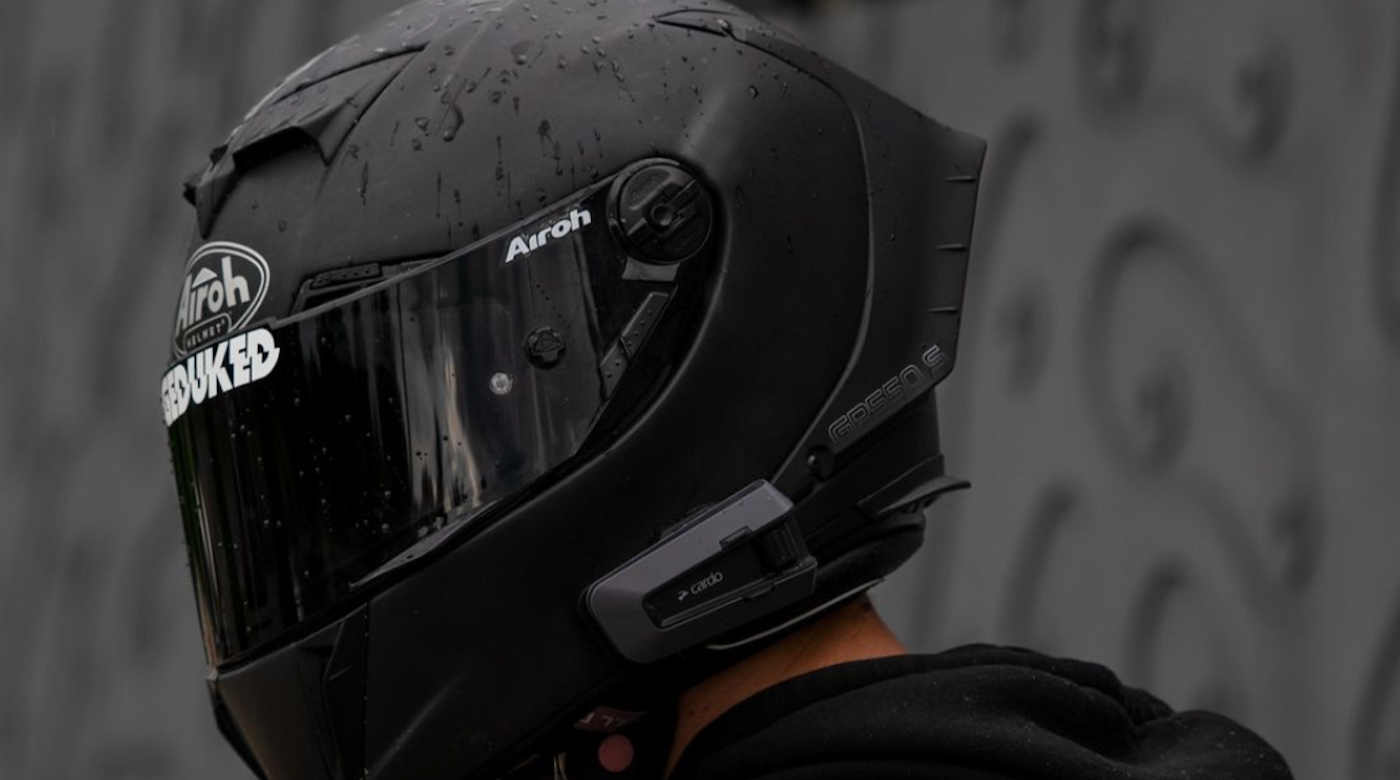Snowmobiles have powerful engines that can travel faster than most cars drive on the road. Peak speeds vary by snowmobile type, engine size, make and model, vehicle condition and terrain. You can race them, cover acres of snowy fields in record time, explore far-flung areas and still be home in time for dinner. Learn how fast you can ride to lap the competition and accurately plan travel times.
So, How Fast Do Snowmobiles Go?
Most models max out at 95 to 120 mph. Modified and racing snowmobiles can go up to 150 mph, and military-grade equipment can reach 200 mph and above. The G-Force-One currently holds the record at 320 mph, but that kind of power is out of reach for most riders.
Check your snowmobile’s specifications to find your peak speed. However, this figure is just an estimate. Real-time mph ratings can decline with age.
Factors That Affect Snowmobile Speed
Regarding snowmobile speed performance, several key factors can significantly influence your momentum. Understanding these elements will help you get the most out of your ride.
Engine Size
Snowmobile engines are measured in cubic centimeters, ranging from 120 cc to 850 cc. Larger engines have higher speeds, more horsepower and torque for towing trailers. Mid-size units are lighter, which makes them ideal for racing.
Vehicle Weight
The engine needs to burn more fuel to move the excess weight. Adding a trailer or passenger can reduce peak speeds.
Modifications
Adding a turbocharger forces more compressed air into the engine to burn more fuel and produce more power, which increases your speed.
Vehicle Wear and Tear
Snowmobiles steadily lose efficiency with wear and tear. Debris caused by oxidation and dirty filters can clog fuel and oil flow, reducing power. Water can separate in the fuel tank, spreading rust through the fuel system. Aging fuel injectors may be slow to respond when you hit the accelerator. The turbo can fill with airborne debris that clogs the air intake valve.

Source: Milan Sommer/Shutterstock.com
Trail Conditions
Speeds vary by the setting. Densely-packed or frozen snow and well-worn trails minimize friction to help you travel faster. Loose, fresh powder adds resistance as the sleds push the debris aside. Wind resistance will also slow you down. Gusts tend to be stronger in open, flat areas. Going uphill requires more energy that would otherwise boost your speed. Descents dramatically increase your speed temporarily. Bumps, jumps and obstacles that force you to turn will reduce your mph. You will go fastest riding in a straight line.
The outside temperature can also affect engine performance. Cold air is denser and easier to compress than warm air, which could boost your speed by a few miles per hour.
Tips for Reaching Peak Speeds on a Snowmobile
Achieving peak speeds on a snowmobile requires not only a powerful machine but also a combination of skill and preparation. Here are some tips to help you maximize your speed safely:
Safety First
Pushing your speedometer to the max increases the risk of accidents and collisions. You should only hit the accelerator if the terrain is stable, flat and clear of obstacles. The vehicle can quickly get away from you when driving downhill or on slick patches of ice.
Wear the required safety gear to reduce injuries. Use a full-face or half-face helmet with goggles to protect your head, gloves with a reinforced grip to maintain control, warm layers and non-slick boots. Pair it with the Packtalk Edge ORV to communicate wirelessly with your fellow snowboarders. It pairs with a full- or half-face helmet and uses Dynamic Mech Communication to create a direct link between every rider so you can change formation without getting disconnected.
Use the Packtalk Edge ORV to Connect Wirelessly at Any SpeedHone Your Skills
You can’t throttle your speed without the skills to bring it in for a landing. Master the ability to stop and turn, familiarize yourself with the terrain and use caution to stay within your limits. Practice these snowmobile riding tips to ride fast without sacrificing your safety.

Source: Nonna Pokras/Shutterstock.com
Stay Alert
Looking away from the trail for a split second can be a recipe for disaster when you’re pushing 100 mph. Stay laser-focused on what’s ahead and plan your next move well in advance. You shouldn’t be distracted with your gear or look down at the controls or map. Use the Packtalk Edgephones with voice recognition to connect to your phone or GPS to keep your hands on the handles. It also connects automatically, so all you have to do is talk and the headset will take care of the rest.
Service Your Vehicle
Inspect and maintain your vehicle before and after every ride. Top off the fluids and flush the system if it appears cloudy or contains debris. Clean and replace your filters to supply the engine with fresh air and fuel.
Snowmobiles were made for speed, but you should only ramp it up in uncrowded areas. Reduce your speed when traveling around homes, dwellings, roadways, crossings and pedestrians. Obey the speed limit regardless of how fast your ride can go.





